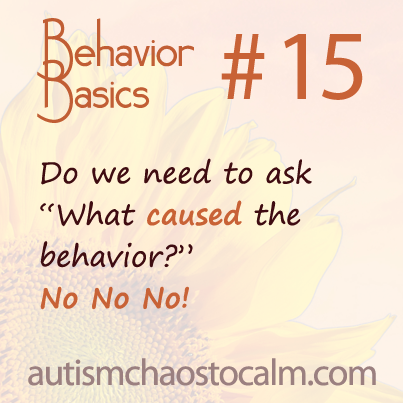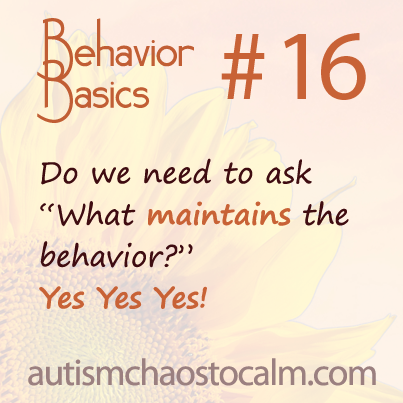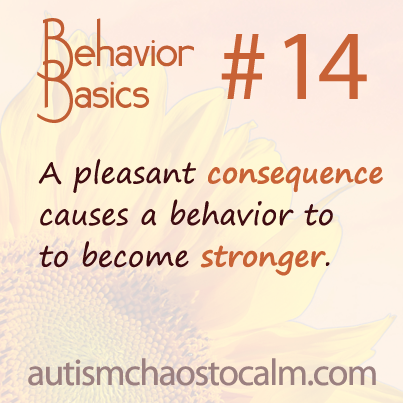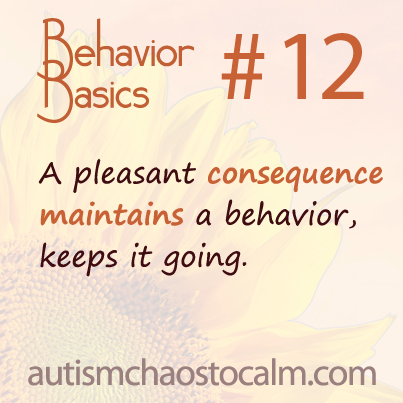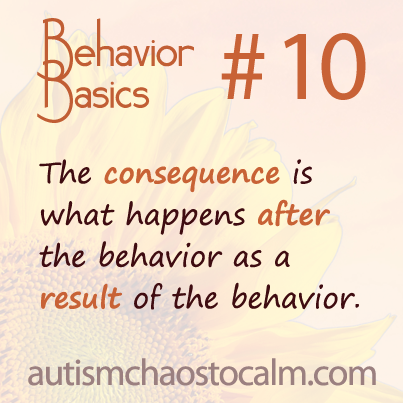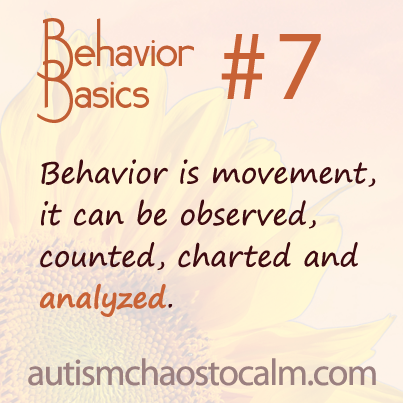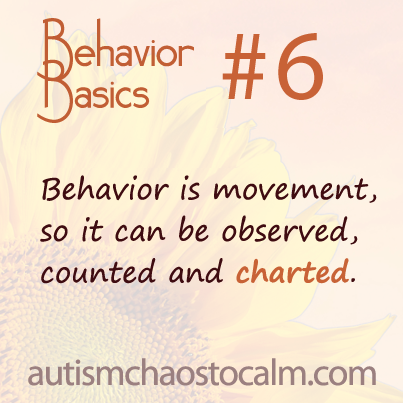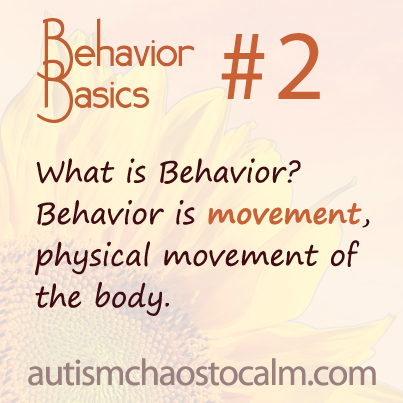 Bonjour! Hola! Ciao!
Bonjour! Hola! Ciao!
Hello! If you travel to another country, it helps to know a few words in the native language. It makes getting around so much easier and builds relationships with local residents. But, having a few words takes you only so far. To really communicate, you need to make a study of the local language.
Now let’s look at kids with autism; they seem to live in a different world from ours. Their condition is often characterized by deficits and delays in language and communication. How do you communicate with a kid who cannot endure the sound of human speech? How do you find out what is bothering a child who is hitting or biting, if he can’t explain? We could not communicate with our son and had very hard times during the early years.
Over time I learned that there is a language, or more specifically, a form of communication in which my son excelled: he was brilliant at comprehending positive reinforcement. Bingo! We achieved communication.
The Language of Positive Reinforcement
The method I stumbled upon is called TAGteach, or Teaching with Acoustical Guidance. TAGteach is a teaching and communication method based on the science of Applied Behavior Analysis (ABA), and involves the use of positive reinforcement to achieve behavior goals. The unique aspect of TAGteach is that it combines positive reinforcement with an audible event marker signal. The marker—the key communication tool used in the system—makes a distinctive “click” sound to mark a behavior at the time it occurs. The mark (or “click”) means YES, YOU DID SOMETHING GOOD, and the absence of the mark means TRY AGAIN.
With my event marker (sometimes referred to as a “tagger” or “clicker), I was able to “tag” my child every time he did something good. “Good” things were behaviors like Quiet Mouth, Both Feet On The Floor, Hands Still, or Eye Contact. The procedure is: Observe child, “tag” (press clicker) when child performs Quiet Mouth, reinforce child (give a treat or token).
When I started doing this, I was amazed by all the good behaviors my son was able to deliver. Tantrumming? Tag Quiet Mouth and Both Feet On The Floor; the tantrum was over in 12 minutes with no exertion on my part. Bolting? Tag Walks Next To Parent. Toe walking? Tag Heel On Ground. My son’s world changed. Previously, it had been incomprehensible to him. With the tag and positive reinforcement, he understood precisely what he was being rewarded for, and he responded by producing more of the desired behaviors.
Now we’re talking the same language!
The more I communicated with him via tags and positive reinforcement, the happier and better behaved he became. Despite the lack of speech, despite the sensory issues, the tag rang loud and clear and told him he had done something good. He loved that and responded brilliantly. My favorite moments were when I would tag him for something, and a look of total comprehension flooded across his face, “Oh! So that’s what I’m supposed to do!” We all like knowing what to do, and we all like the feeling of success. With TAGteach, I communicated with my son by giving him lots of success.
We found the right language and made a study of it. It is called positive reinforcement with an event marker signal. Tag!
Share the post "Now you’re talking my language!"
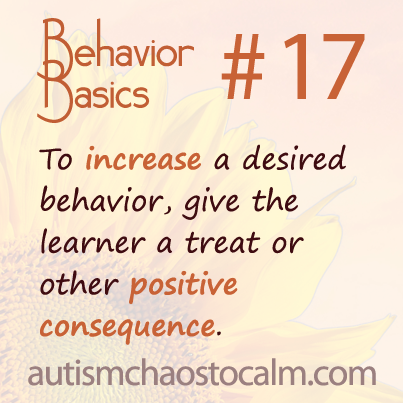 Behavior Basic 17: To increase a desired behavior, give learner a treat or other positive consequence.
Behavior Basic 17: To increase a desired behavior, give learner a treat or other positive consequence.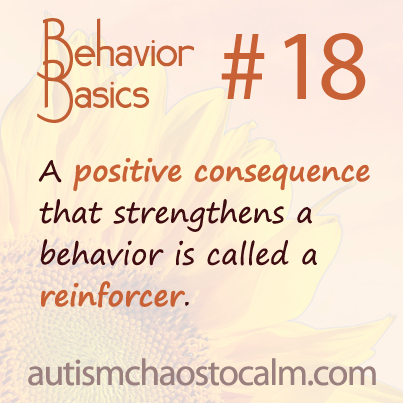 Behavior Basic 18: A positive consequence that strengthens behavior is a “reinforcer.”
Behavior Basic 18: A positive consequence that strengthens behavior is a “reinforcer.”